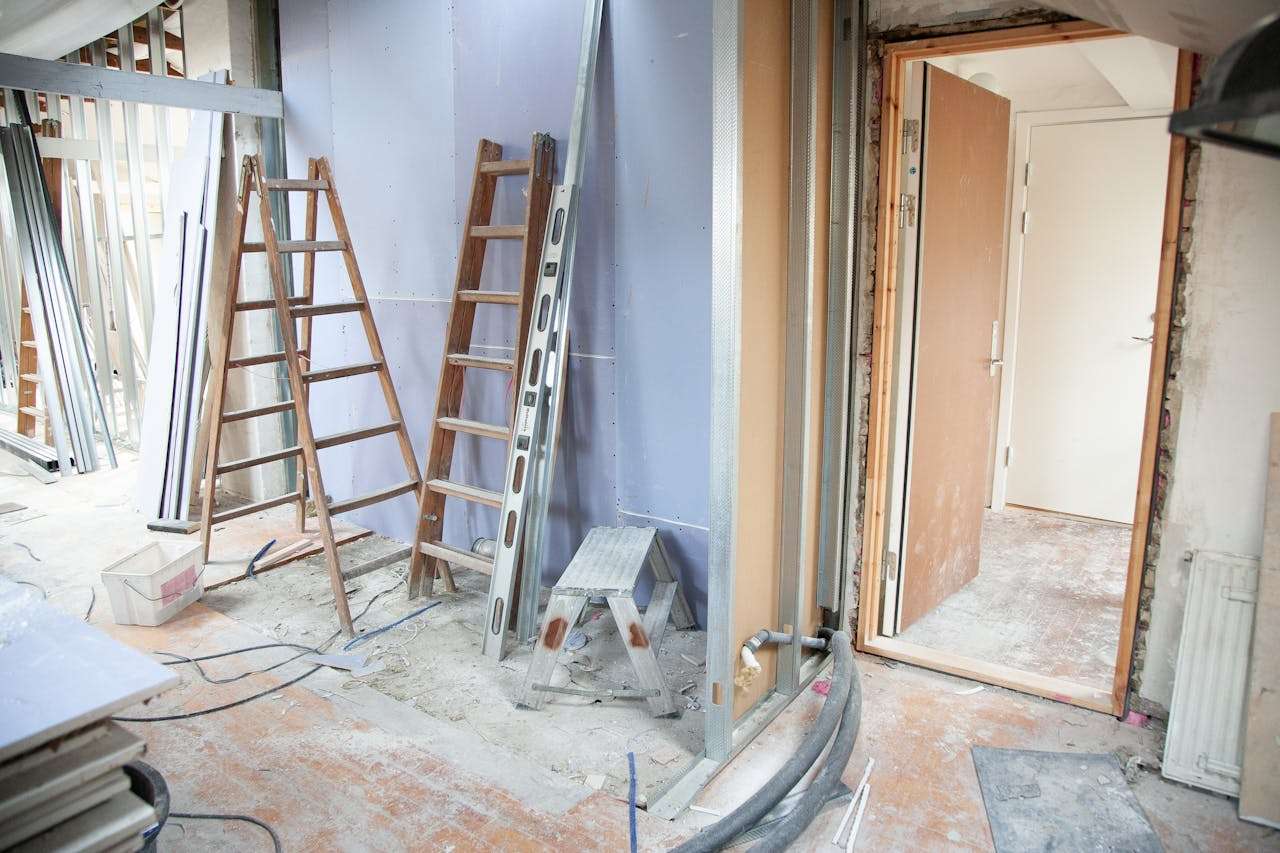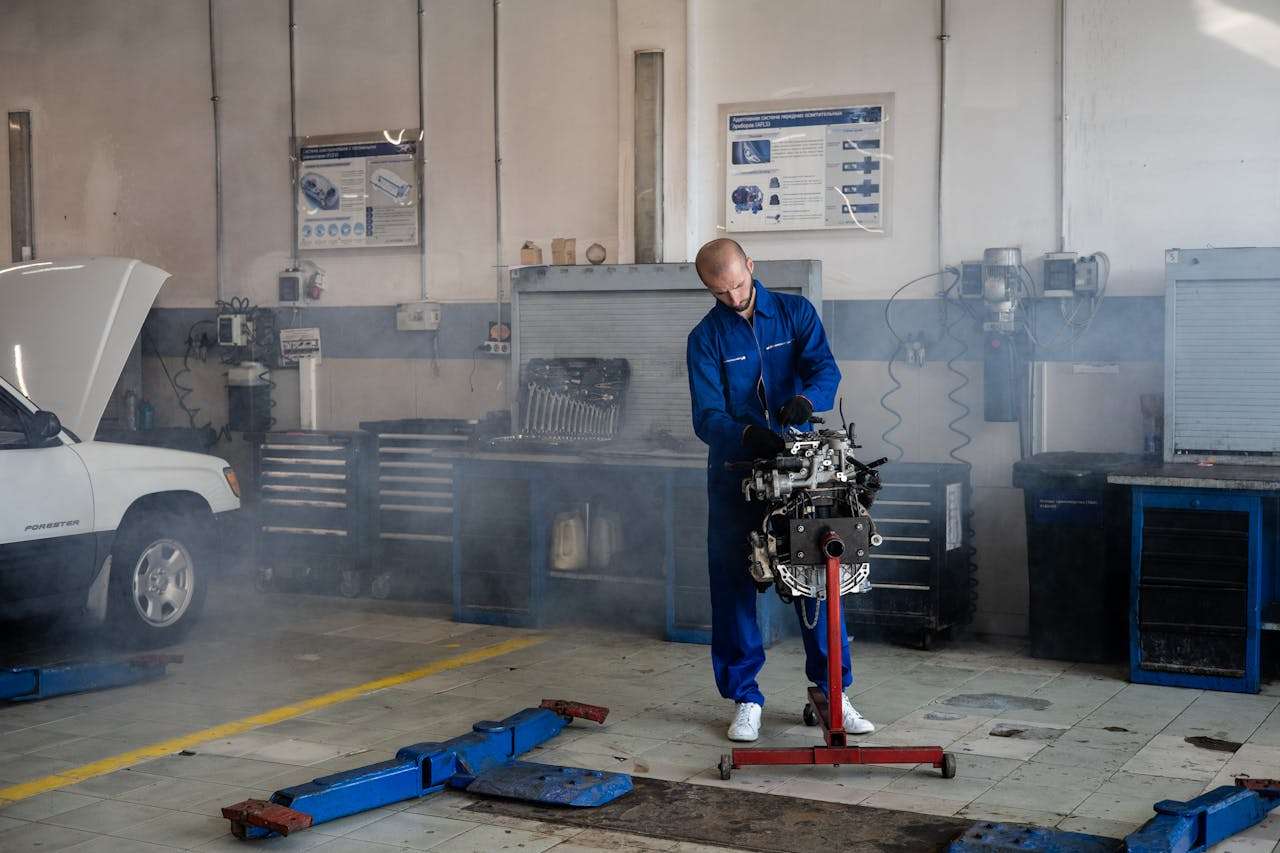The construction industry has always relied heavily on precision, planning, and creativity. Over the years, various technologies have enhanced how projects are executed, but none have been as transformative as 3D Design. This revolutionary tool has reshaped how architects, engineers, and construction professionals approach their work, offering an unprecedented level of detail, accuracy, and efficiency. In this post, we’ll explore how 3D design is revolutionizing the construction industry and why it’s becoming an essential tool for modern construction projects.
1. Enhanced Visualization for Better Project Planning
One of the most significant advantages of 3D design is its ability to create highly detailed and realistic visualizations of projects. Unlike traditional 2D blueprints, 3D models allow stakeholders to see exactly what the finished structure will look like before construction begins. This enhanced visualization aids in better decision-making and ensures that the entire team—from architects to contractors—shares a unified understanding of the project.
Benefits of Enhanced Visualization:
- Realistic Models: Clients and project teams can view the project from multiple angles, visualizing the structure in lifelike detail.
- Improved Client Communication: 3D models make it easier to communicate design ideas to clients, helping them understand the project and make informed decisions.
- Clearer Design Intent: Architects and engineers can clearly demonstrate design intent, ensuring that contractors and builders follow the plans accurately.
Example: In the design phase of a commercial building, 3D models help clients visualize office layouts, interior designs, and exterior aesthetics, making it easier to suggest changes before construction begins.
2. Better Accuracy and Fewer Errors
Construction projects are complex and require meticulous attention to detail. Traditional 2D drawings often leave room for interpretation, leading to potential errors or miscommunication between teams. With 3D design, accuracy is significantly improved, reducing errors that could lead to costly delays or rework.
How 3D Design Improves Accuracy:
- Precise Measurements: 3D models provide exact measurements for every aspect of the project, from dimensions to material quantities.
- Conflict Detection: In 3D modeling, potential design conflicts or clashes (e.g., where mechanical, electrical, or plumbing systems intersect) can be detected early in the design process, allowing teams to resolve issues before they become major problems.
- Detailed Construction Plans: Construction teams can work with precise, detailed plans, reducing the likelihood of mistakes or misinterpretations on-site.
Example: In a multi-story residential building, 3D design can identify potential conflicts between electrical wiring and plumbing systems before construction starts, allowing engineers to adjust the design and prevent costly errors.
3. Streamlining the Design and Construction Process
In the past, the transition from design to construction was often disjointed, with changes in the design phase requiring lengthy revisions to construction plans. 3D design streamlines this process by integrating every aspect of a project into a single, cohesive model. This seamless workflow enables quicker iterations, better collaboration between teams, and faster project delivery.
Benefits of Streamlined Workflow:
- Faster Revisions: Changes can be made quickly in a 3D model, with updates automatically reflected in related sections, saving time compared to manually revising 2D drawings.
- Improved Collaboration: 3D models provide a shared platform where architects, engineers, and construction teams can collaborate in real time, ensuring everyone is working with the most up-to-date information.
- Efficient Project Management: Project managers can track progress more effectively, using 3D models to plan construction phases, resource allocation, and material procurement.
Example: In large-scale commercial projects, teams can collaborate on a shared 3D model, allowing architects and engineers to work together seamlessly, leading to faster project completion.
4. Cost Efficiency Through Resource Optimization
Cost overruns are a common issue in construction, often caused by miscalculations, material waste, or unexpected design changes. 3D design addresses these problems by providing more precise estimates and better project planning. By visualizing the entire project in advance, teams can optimize the use of materials and resources, reducing waste and ensuring that the project stays on budget.
Cost-Saving Benefits of 3D Design:
- Accurate Material Quantities: 3D models generate precise material takeoffs, reducing the risk of over-ordering or under-ordering materials.
- Reduced Rework: With improved accuracy and early detection of design conflicts, the need for costly rework is minimized.
- Efficient Resource Allocation: Project managers can plan for the exact resources needed at each phase of construction, reducing idle time and improving productivity.
Example: A 3D model of a retail complex allows project managers to accurately estimate the amount of steel, concrete, and other materials needed, ensuring that resources are used efficiently and avoiding unnecessary costs.
5. Improved Sustainability and Environmental Impact
Sustainability is a growing concern in the construction industry, and 3D design plays a crucial role in promoting eco-friendly practices. By providing detailed simulations, 3D design allows architects and engineers to evaluate the environmental impact of their designs and make necessary adjustments to improve energy efficiency and reduce waste.
How 3D Design Promotes Sustainability:
- Energy Simulations: 3D models can simulate how a building will interact with its environment, including factors such as sunlight, wind, and temperature. This helps designers optimize energy efficiency through improved insulation, ventilation, and lighting systems.
- Waste Reduction: By accurately predicting material quantities, 3D design minimizes construction waste and promotes the use of sustainable materials.
- Lifecycle Assessment: 3D models allow designers to evaluate the entire lifecycle of a building, ensuring that it meets sustainability goals from construction to eventual demolition or renovation.
Example: In the design of an eco-friendly office building, 3D models can simulate how natural light will flow through the structure, enabling architects to optimize window placements and reduce the need for artificial lighting, lowering energy consumption.
6. Faster Client Approvals and Permits
Obtaining client approvals and necessary permits can often be a time-consuming process. 3D design speeds up this process by providing clear, visual representations of the project that make it easier for clients and regulatory bodies to understand the plans. This can result in faster approvals, allowing the project to move forward without delays.
How 3D Design Accelerates Approvals:
- Client Confidence: Clients can visualize the final product in detail, making it easier to approve designs without hesitation.
- Regulatory Compliance: 3D models provide clear documentation that meets regulatory standards, speeding up the permit approval process.
- Quick Modifications: If adjustments are required by the client or permitting authorities, changes can be made quickly and reflected in the model, avoiding long delays.
Example: For a commercial office tower project, detailed 3D renderings allow the client to quickly approve design elements such as floor layouts and exterior finishes, while also meeting local building codes for quicker permit approval.
Conclusion: The Future of Construction is 3D
The integration of 3D design into the construction industry is revolutionizing how projects are planned, executed, and delivered. From enhanced visualization and improved accuracy to cost efficiency and sustainability, 3D design provides unparalleled advantages over traditional methods. As technology continues to evolve, 3D design will become an even more essential tool, shaping the future of construction and ensuring that projects are completed more efficiently, sustainably, and with fewer risks.
At Amigos Engineering, we leverage cutting-edge 3D design tools to bring our clients’ visions to life. Whether you’re planning a new build or a renovation, our expertise in 3D design ensures that every aspect of your project is meticulously planned and executed. Contact us today to learn how we can use 3D design to make your next project a success.
Call to Action:
Let’s Build the Future Together!
Take the first step in revolutionizing your construction project with our advanced 3D design services. Request a Free Consultation with our experts today and bring your vision to life with precision and innovation.


